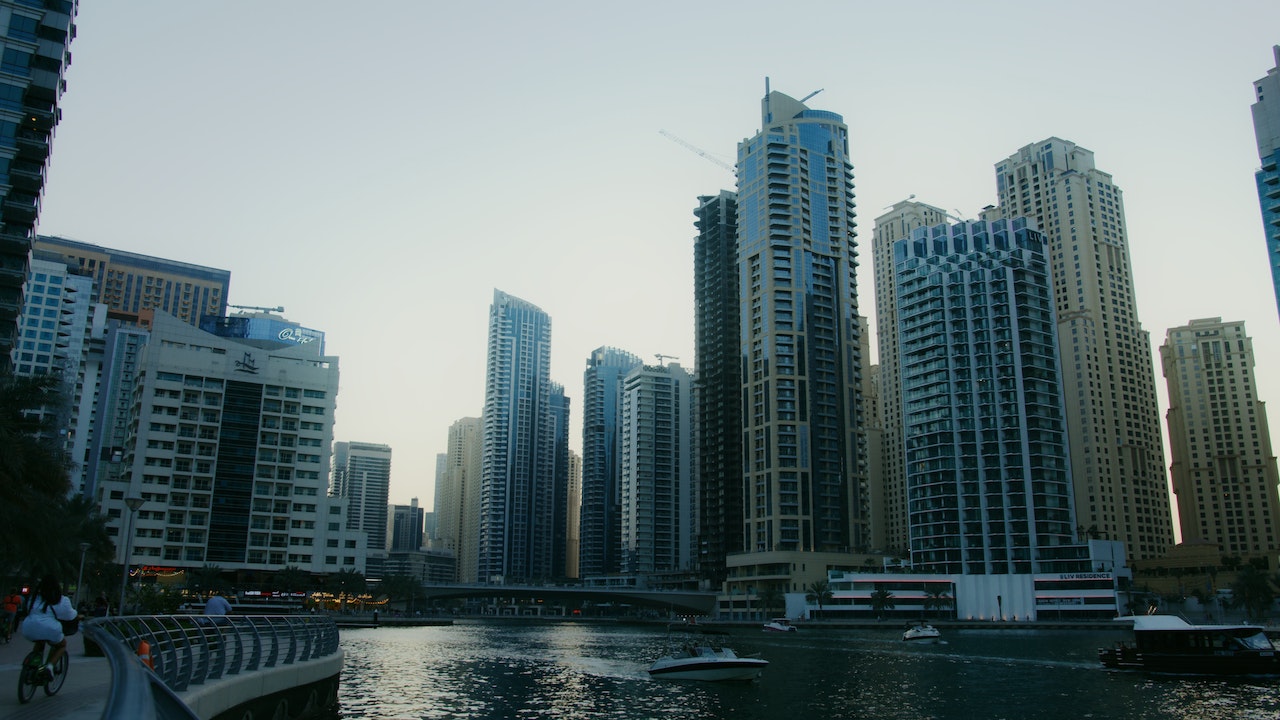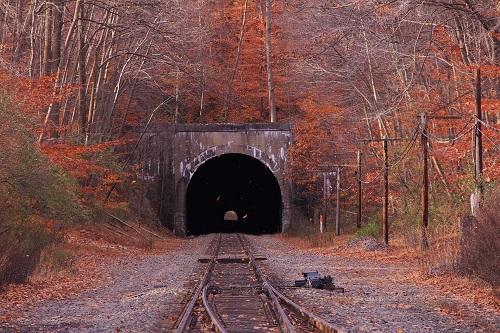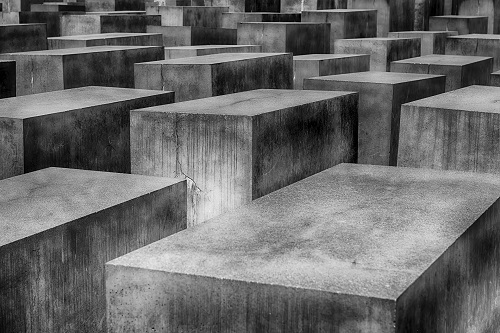High Rise Buildings - An Overview

Introduction
A high-rise building is a tall building that is typically defined as having at least 12 or more floors above ground level, although this definition may vary depending on the context and location. For example, in the United States, the International Building Code (IBC) provides guidelines for the design, construction, and safety of high-rise buildings. The IBC defines a high-rise building as a building that is more than 75 feet (23 meters) in height above the lowest level of fire department vehicle access. In India, the NBC defines a high-rise building as a building that is more than 15 meters (49 feet) in height from the ground level.
High-rise buildings are often constructed in urban areas where land is limited, and building upwards is a practical solution to accommodate large numbers of people and businesses.
Salient Features
Tall Height:
As discussed earlier, high-rise buildings are defined by their tall height, typically 12 or more floors above ground level.
Structural Design:
High-rise buildings are designed to be structurally sound and withstand wind and seismic loads. Materials such as reinforced concrete or steel are used to ensure structural stability.
Building systems:
High-rise buildings feature a range of building systems, including elevators, heating and cooling systems, and fire suppression systems. These systems are designed to be efficient, reliable, and safe to use.
Fire safety:
High-rise buildings are designed to be fire-resistant and must comply with strict fire safety regulations. They typically feature fire detection and suppression systems, as well as emergency exit routes.
Evacuation procedures:
Evacuation procedures in high-rise buildings are critical for the safety of occupants in the event of an emergency. High-rise buildings must have clear and well-marked emergency evacuation routes, and occupants must be trained in evacuation procedures.
Energy efficiency:
High-rise buildings can consume a lot of energy, so many are designed with energy-efficient features, such as insulation, efficient lighting, and heating and cooling systems.
Despite their many benefits, high-rise buildings also face challenges such as high energy consumption, overcrowding, and potential safety risks. It is important to address these issues through appropriate design and regulations to ensure the safety and comfort of occupants.
In conclusion, high-rise buildings have transformed the skylines of cities around the world and will continue to be an integral part of modern urban architecture. As cities continue to grow and expand, the importance of high-rise buildings in meeting the needs of urban populations will only increase.



